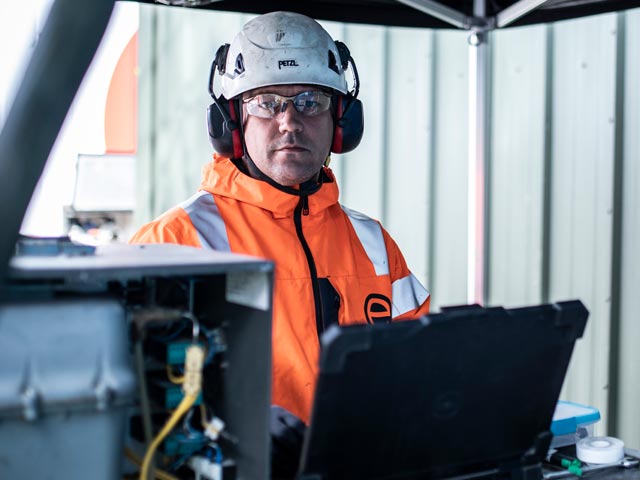Element supports you with periodic flaring emissions monitoring and biogas combustion emissions solutions. Our emissions monitoring experts assess whether releases of NOx, CO, TVOCs, Non-Methane VOCs, and SO2 are within the permitted values.
Landfills operators are required to test biogas engine emissions and flaring emissions from their plant annually to assess whether NOx, CO, TVOCs, Non-Methane VOCs, and SO2 releases are within the permitted values. Learn more about biogenic gases produced from landfill sites on our Landfill Gas Monitoring page.
We can guide you through the steps necessary to achieve a successful biogas engine and flaring monitoring campaign. Using a holistic approach and working closely with site personnel and other service providers.
Our approach
Our team of experts helps you to;
- highlight any possible obstacles before conducting the monitoring, and
- advise on best practices to ensure the testing program runs as smoothly and as cost-effectively as possible.
Our site engineers have knowledge and experience with interpreting the combustion emissions profile to provide helpful advice and guidance on emissions reductions.
This approach has proven extremely successful with our clients, many of whom have collected valuable monitoring knowledge to help improve their operations.
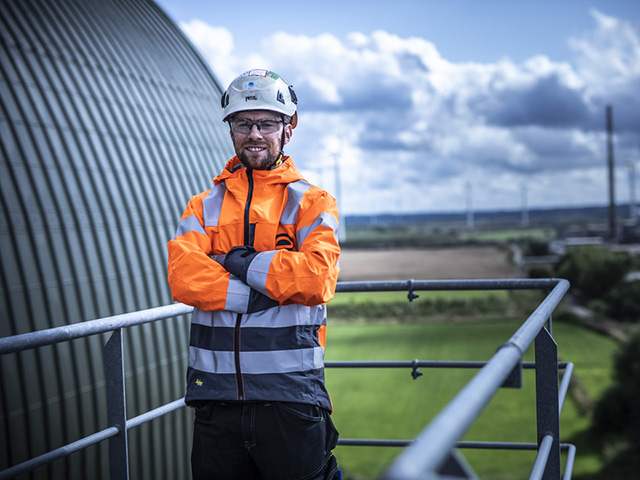
Biogas Combustion Emissions
Biogas is fast becoming a significant contributor to supplying green energy in the UK and across the world. The methane (or more precisely biomethane) produced when organic matter is converted to biogas is either used as a fuel source or destroyed by flaring.
The Environment Agency regulates both processes, and operators who use biogas/biomethane as a fuel source must perform emissions monitoring to ensure they comply with their permit.
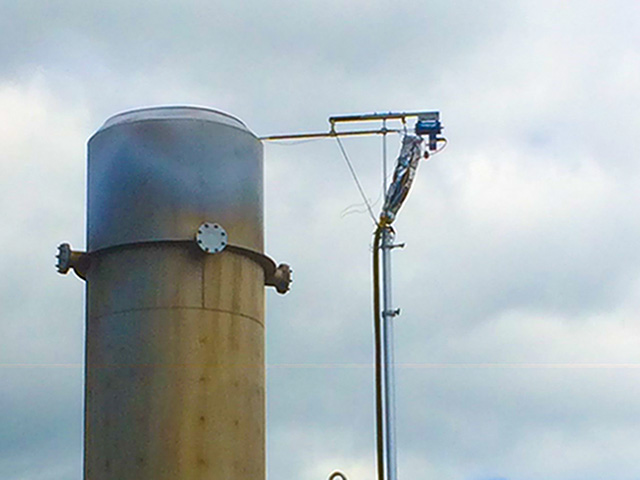
Flaring Emissions
Flaring is typically undertaken when engines are unavailable to generate power from the gas, whatever its source.
Flaring is the combustion of gas for destructive purposes. It is used to reduce the harmful effects of releasing methane (CH4) and carbon dioxide (CO2), known greenhouse gases, into the atmosphere.
The Phoenix Mast System
In a major development, Element has patented the Phoenix Mast System. Our industry leading solution allows emissions monitoring of flare systems without the use of scaffolding or working at height.
Phoenix reduces cost, saves time, and improves safety, as our unique Phoenix is operated from ground level and meets the requirements for testing under MCERTS and UKAS.
The Element advantage
Element has been working with a range of biogas and landfill operators for many years. We currently supply emissions monitoring for clients ranging from large landfill and wastewater operators to small sites running single anaerobic digestion engines.
The knowledge and experience we’ve built in our UKAS ISO/IEC 17025 accredited laboratories, enable us to support operators in successfully meeting their permit obligations.
To learn more about our biogas engine and flare emissions monitoring services or speak to one of our experts, contact us today.
Flare Emissions White Paper
Download our white paper titled, Flaring and the Implications on Pollution, to learn about the implications of pollution linked to biogas flaring from landfill, sewage, and anaerobic digestion sites.
Also, discover how the patented Phoenix Mast system allows emissions monitoring to take place without the need for scaffolding or working at height.
READ MORERelated Services
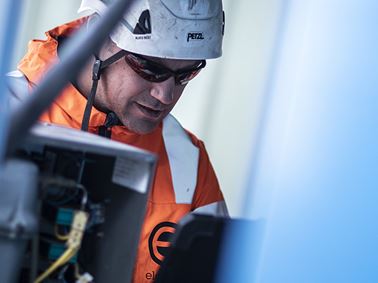
Landfill Gas Migration Monitoring
Element offers the monitoring the migration of carbon dioxide and methane from landfills to prevent a negative impact on environmental and human health.
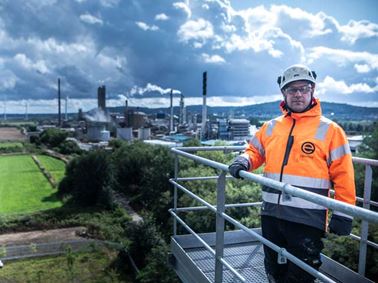
Stack Emissions Testing
Find out how our stack emissions testing services help our customers to prevent exposure, reduce emissions, improve air quality and achieve regulatory compliance for the industrial installations they operate.

Medium Combustion Plant Directive
Element supports clients in the UK and Ireland with emission testing to demonstrate compliance with MCPD and give guidance throughout the permitting process.
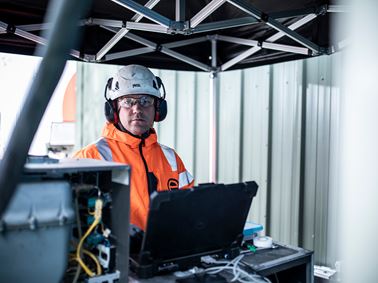
Ambient Air Quality
Find out how we help our customers comply with regulations for ambient air quality to protect human health and the environment from the harmful effects of air pollution.
